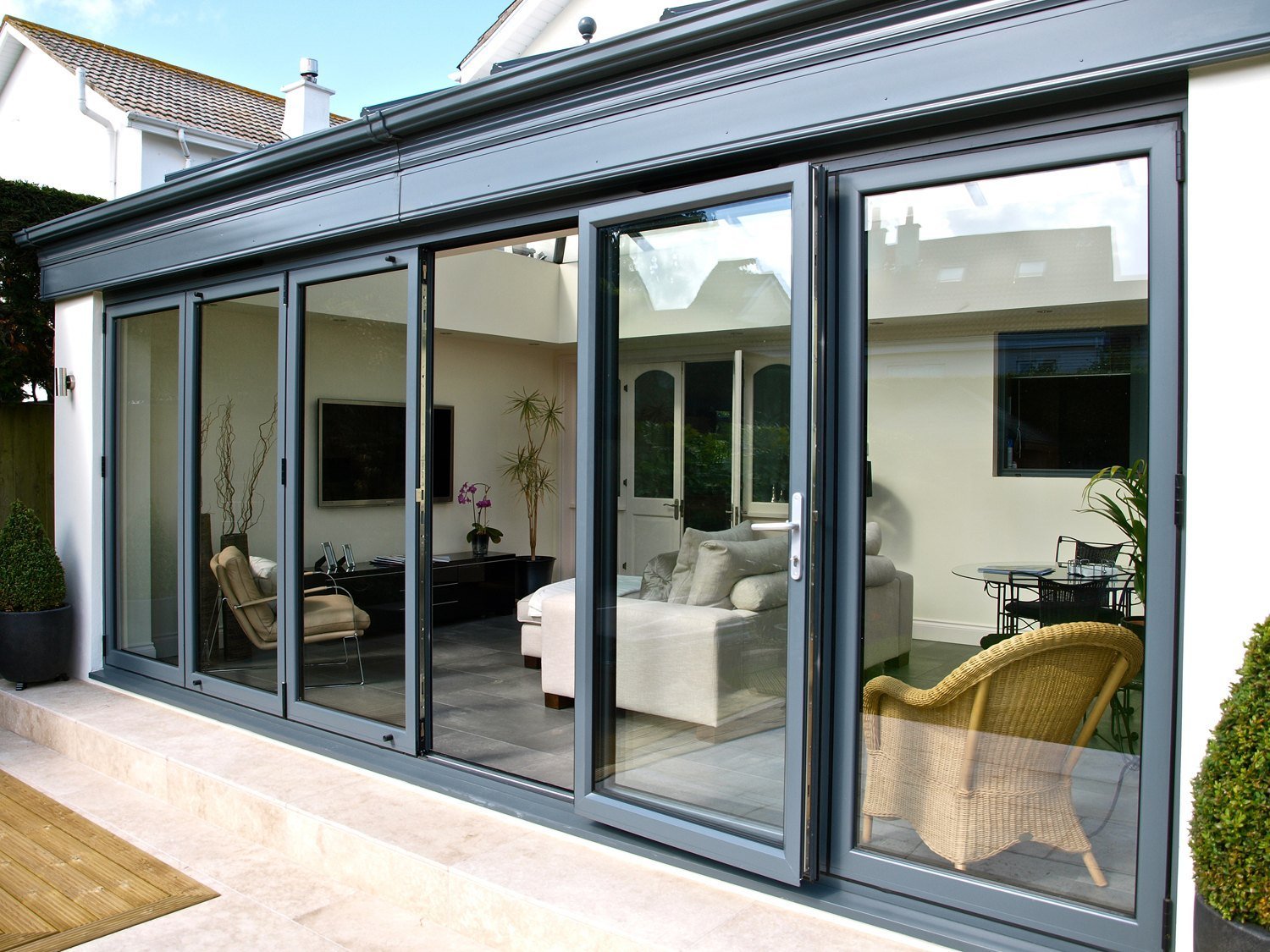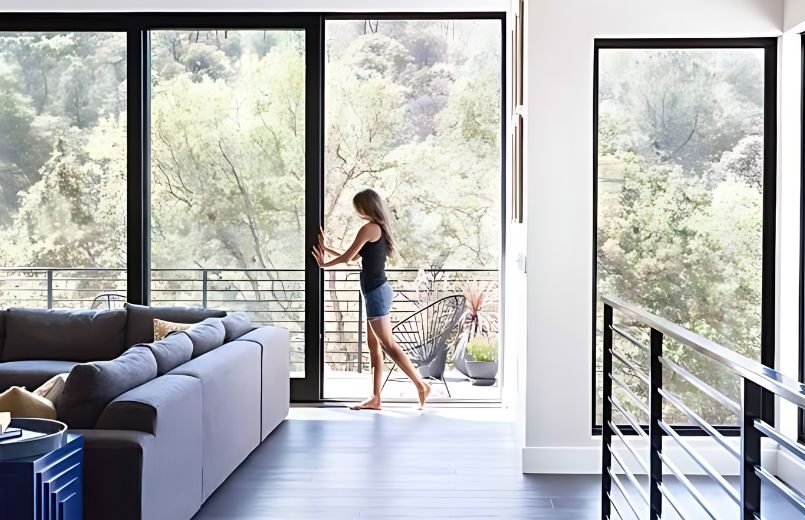Understanding the Benefits of uPVC and System Aluminum Doors & Windows
Introduction to uPVC Doors & Windows
uPVC, or unplasticized polyvinyl chloride, is a specialized form of PVC that stands out due to its rigidity and durability. Unlike PVC, which includes plasticizers to make it flexible, uPVC remains firm and structurally strong, making it an excellent material for constructing doors and windows. This is achieved through a chemical process where vinyl chloride monomers undergo polymerization, forming a stable and robust compound.
One of the prime reasons uPVC is favored in modern construction is its impressive longevity. These doors and windows are highly resistant to weathering, rust, and physical impact, ensuring they remain functional and appealing for many years with minimal upkeep. Unlike wood, uPVC does not rot or require regular painting, and it fares much better against harsh environmental conditions than standard aluminum or steel frame options.
Energy efficiency is another standout benefit of uPVC doors and windows. They provide excellent thermal insulation, reducing heat loss in the winter and keeping interiors cool during the summer. This can significantly lower energy consumption, leading to cost savings on heating and cooling bills. The airtight seals of uPVC windows also contribute to sound insulation, creating a quieter and more comfortable indoor environment.
From an economic perspective, uPVC is a cost-effective choice. The initial investment in uPVC doors and windows is often lower than that of other materials, and the long-term savings due to reduced maintenance and energy bills further enhance its financial appeal. Additionally, the material’s lightweight nature makes it easier and less costly to transport and install.
Environmentally, uPVC stands out for its recyclability. The manufacturing and disposal processes of uPVC have a relatively low environmental impact. It can be recycled and repurposed into new products, contributing to the circular economy and supporting sustainable building practices. As a result, uPVC has become a popular option for eco-conscious builders and renovators.
Overall, the durability, low maintenance, energy efficiency, cost-effectiveness, and environmental benefits of uPVC doors and windows make them a preferred choice in the construction and renovation sectors today.
Exploring System Aluminum Doors & Windows
System aluminum doors and windows represent a sophisticated evolution in architectural design, leveraging the inherent strengths of aluminum but taking them to a higher echelon of performance and aesthetics. Unlike regular aluminum, system aluminum is engineered with a focus on enhanced structural integrity and durability. This specialized aluminum variant is composed with meticulous precision, allowing it to support large panes of glass while maintaining robust stability. This capability enables architects and homeowners to achieve broad, uninterrupted views without compromising on strength or safety.
One of the primary advantages of system aluminum doors and windows is their impressive resistance to corrosion. The material’s natural properties ensure it remains unaffected by adverse weather conditions, thereby reducing the need for frequent maintenance. This low-maintenance feature makes system aluminum an attractive option for both residential and commercial projects. Furthermore, system aluminum offers a sleek and modern aesthetic that can complement a variety of architectural styles, adding a touch of elegance and sophistication to any property.
The thermal performance of system aluminum doors and windows is another critical aspect. When combined with thermal breaks and advanced insulation techniques, system aluminum frames can significantly enhance energy efficiency. Thermal breaks are barriers within the aluminum frame that reduce the transfer of heat, maintaining comfortable indoor temperatures while minimizing energy consumption. This means that properties with system aluminum installations can benefit from lower heating and cooling costs, helping to create an environmentally sustainable living space.
When comparing system aluminum to uPVC (Unplasticized Polyvinyl Chloride) doors and windows, several factors come into play. While uPVC is known for its excellent insulation properties and cost-effectiveness, system aluminum offers superior strength and a more modern appearance. The choice between the two materials often hinges on personal preferences, specific performance requirements, and budget considerations. For instance, system aluminum might be preferred in high-rise buildings where structural strength is paramount, or in contemporary designs where a minimalist look is desired. On the other hand, uPVC could be more suitable for residential settings where energy efficiency and affordability are the top priorities.












